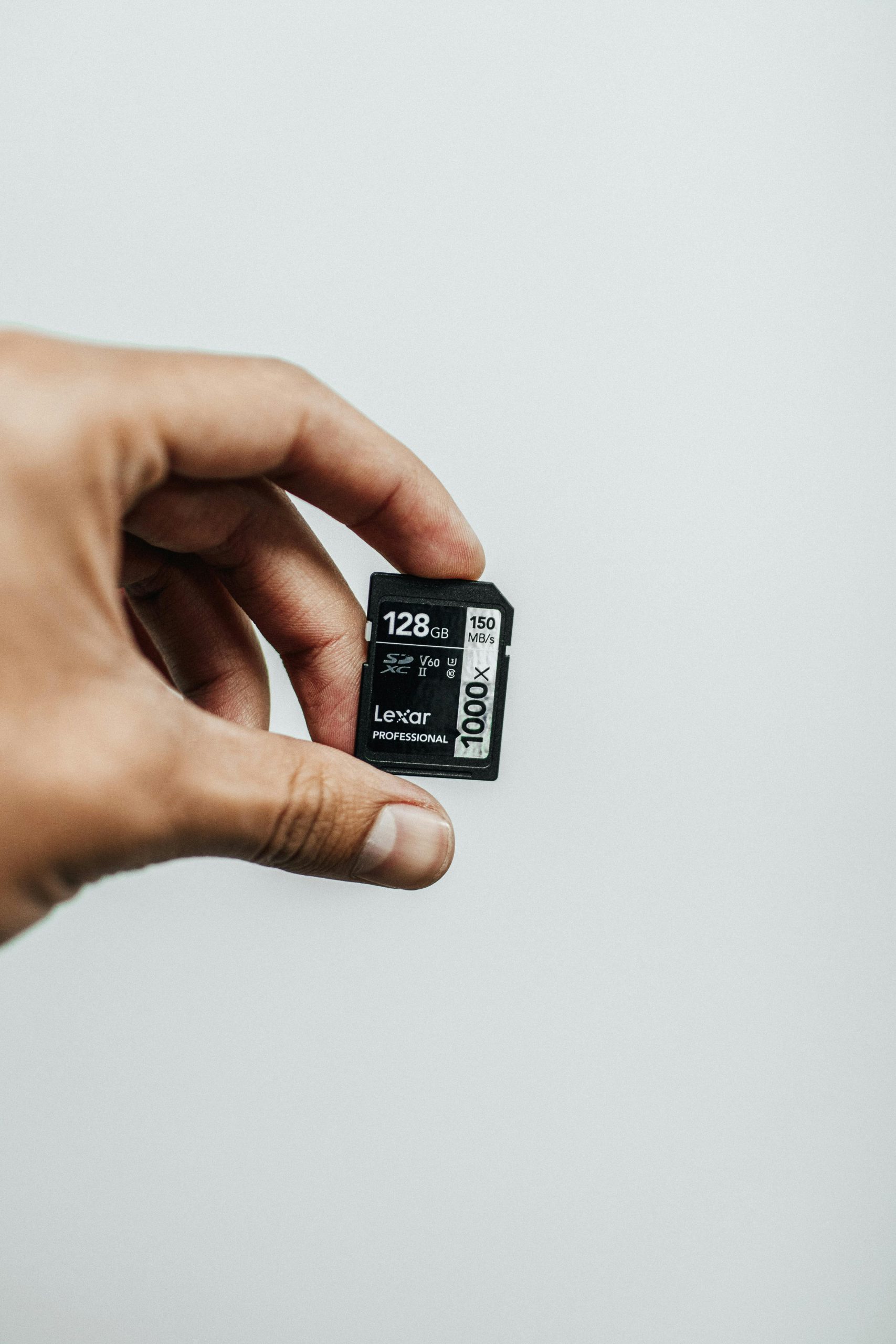Efficiently Transferring 45GB of Images and Videos Without Corruption
Transferring a large collection of videos and photos can be a daunting task, especially when you encounter file corruption issues along the way. If you’re struggling with transferring approximately 45GB of digital media, you’re not alone. Many individuals face similar challenges, and there are methods to ensure a smoother transfer and preserve your cherished memories.
Understanding the Issue
Repeated failures during file transfers, especially with large volumes of data, can be frustrating. It’s disheartening to see that despite your efforts—whether using Bluetooth, direct USB connections, or transferring from a laptop’s hard drive—a significant portion of your files becomes corrupt. Understanding the root cause is vital for finding an effective solution.
Tips for a Successful Transfer
-
Use High-Quality Memory Cards: Ensure that you are using reliable, high-capacity memory cards that are compatible with your devices. Look for cards with high read and write speeds to facilitate quicker transfers and reduce the risk of corruption.
-
Direct File Transfer: Rather than utilizing Bluetooth, which can be slow and prone to interference, consider direct connections. Using a USB card reader to connect the memory card directly to a computer often yields better results.
-
Batch Size Matters: While you mentioned trying to transfer files in batches, reconsider the size of those batches. It may help to further reduce the number of files per batch and monitor the transfer process closely.
-
Verify File Integrity: After transferring files, always double-check their integrity before deleting the originals. You can do this by opening a handful of files from the transferred batch to confirm they work as expected.
-
Utilize Transfer Software: Some third-party applications are designed specifically for transferring large files efficiently. Explore software options that not only facilitate file transfers but also check for errors during the process.
-
File System Considerations: Ensure that the memory card is formatted correctly. Using the FAT32 or exFAT file system, which supports large files and is compatible with numerous devices, can mitigate potential compatibility issues.
-
Regular Backups: Implement a regular backup strategy. While it may not solve current issues, keeping regular backups can save you from losing precious files in the future.
Final Thoughts
Transferring massive amounts of video and photo data doesn’t have to be a harrowing experience. By following these tips, you can minimize
Share this content:




Hi there,
Transferring large media files such as 45GB of videos and photos can sometimes lead to file corruption if not handled properly. Here are some additional tips to help ensure a smooth transfer process: